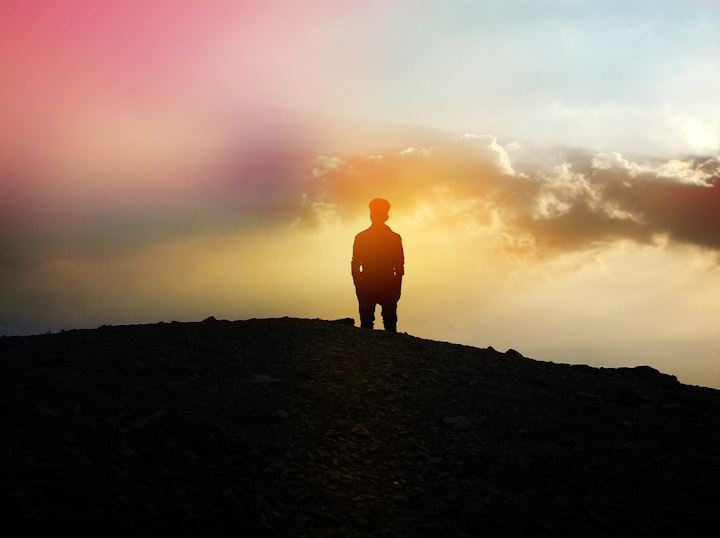Can AI Steal Biometrics From Selfies?
Everybody loves selfies and posting them on social media. Can these posted photos expose your biometric data?

If it is a one-word question, the answer is yes. AI can steal both iris and facial biometric data from selfies posted on social media. We all believe that biometrics is the most secure method of authentication for smartphones and laptops. Yes, it is, but there are current challenges, such as the presentation attack, that pose a real danger to smartphone-based financial services. Even though there are liveness detection techniques for distinguishing between false and original biometrics, they are challenging to integrate with smartphones in today’s technology.
In 2017, Samsung marketed its S8 model as the most secured smartphone in the industry, which used an iris scanner lock. Within months techie groups and individuals hacked the lock very simply. The process was very simple, they took a high-quality picture and printed it out. S8 can recognize whether the object is 2D or 3D, so to create the 3D illusion, they used a contact lens to create the illusion of a curve.
However, it wasn't the first time. Already face recognition and fingerprint sensor were hacked using similar techniques. In 2015, a writer logged into his bank account by using a video of himself to trick the facial recognition technology. Later in 2016, a research team successfully hacked different systems by creating 3D models of pictures posted on Facebook with the support of AI.
Here is where commercial giants make their moves. They can download millions of photographs from social media and the internet and use them to create face recognition models for millions of individuals without their knowledge or consent. The fact that the images collected are being sold commercially is worrying. Also, anyone with a basic understanding of coding can develop face recognition software, which may be abused for anything from sexual harassment and racial discrimination to political oppression and religious persecution.
Solution for biometric hacking
So far, we've discussed two types of hacks: presentation attach, which involves biometric devices authenticating 2D images or video of people, and AI tracking selfies and videos posted on social media. Both are critical problems in the digital era since biometrics is now utilized in areas like banking, security access, and government schemes.
Although there are no recent reports of mobile hacks, it doesn't mean smartphones are highly secured. Hence, it is highly recommended to use multiple authentication methods for smartphones and in biologin applications.
Presentation attacks will affect more than just smartphones. Face recognition and iris scanning will soon become a niche technology in:
- Banking sector to authenticate customers,
- Airports boarding,
- Manufacturing facilities,
- Home automation
- KYC authentications,
- access control, etc.
The consequences of hackers infiltrating these systems would be disastrous. So far, the only way to combat such hacking is liveness detection. Liveness detection ensures the authenticating person is physically present at the point of verification. In addition to biometric data, liveness detection senses physical parameters like sweat pour and vein alignment with the biometrics.
The next problem is AI finding images from social media to track individuals in the real world or vice versa. Researchers from the University of Chicago's Sand Lab have already devised a method for masking photos so that AI algorithms cannot use them to track individuals. The method of masking is called "image cloaking", and it is also an AI software that converts photos into a format that AI facial recognition cannot interpret.
Don't worry! Cloaking a photo doesn't alter the appearance of the picture or make it invisible to facial recognition exactly. It's a little difficult to explain, but in a nutshell, the software makes minor modifications to your photographs so that any algorithm analyzing those images in the future sees you as a completely different person. Cloaking your photos is essentially the same as putting an invisible mask on your selfies by adding pixel-level perturbations to the images.
You can alter your photos with Cloaking before posting on social media or the internet. According to researchers, the software is 100% successful against the facial recognition services of Microsoft Azure, Amazon Recognition, and Face++. This technology might be convenient for privacy-conscious generations to engage in those platforms.
There are many biometric manufacturers who can provide face recognition cameras and APIs. Visit MXFACE, if you looking for a state-of-the-art face recognition API and free trial.






Comments
There are no comments for this story
Be the first to respond and start the conversation.